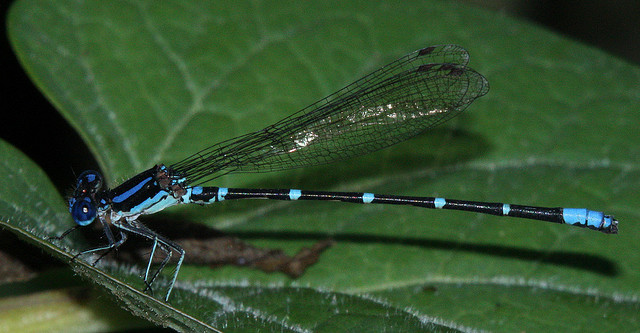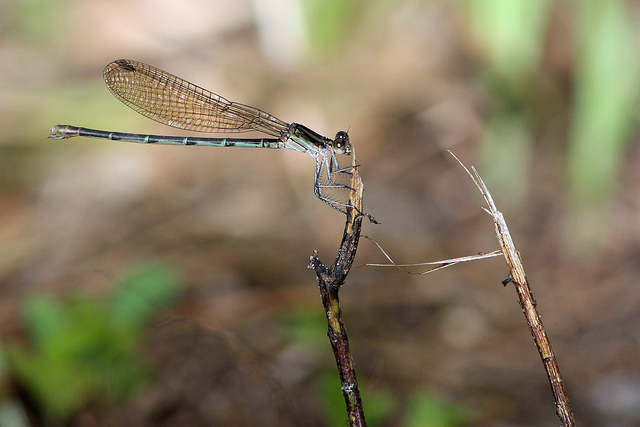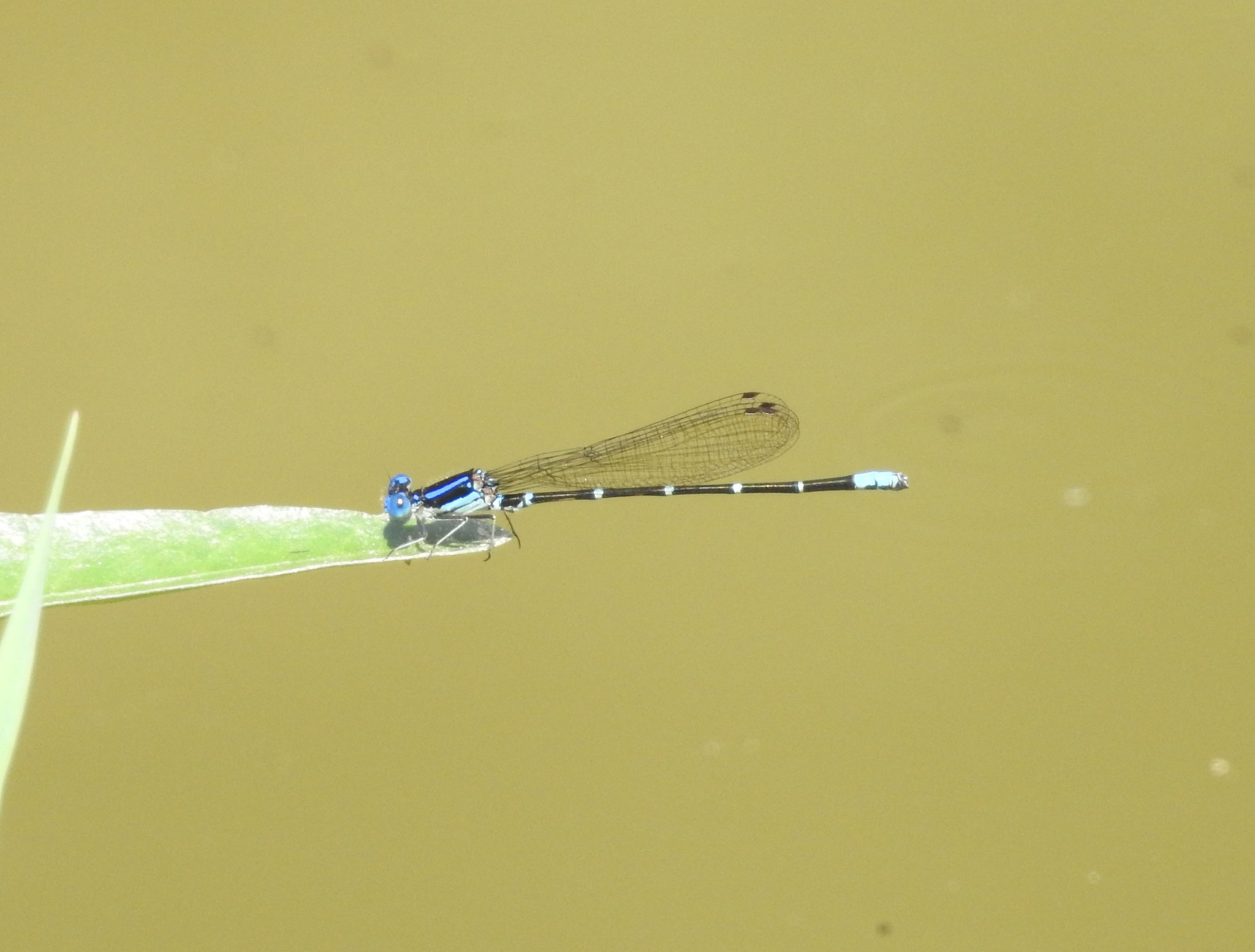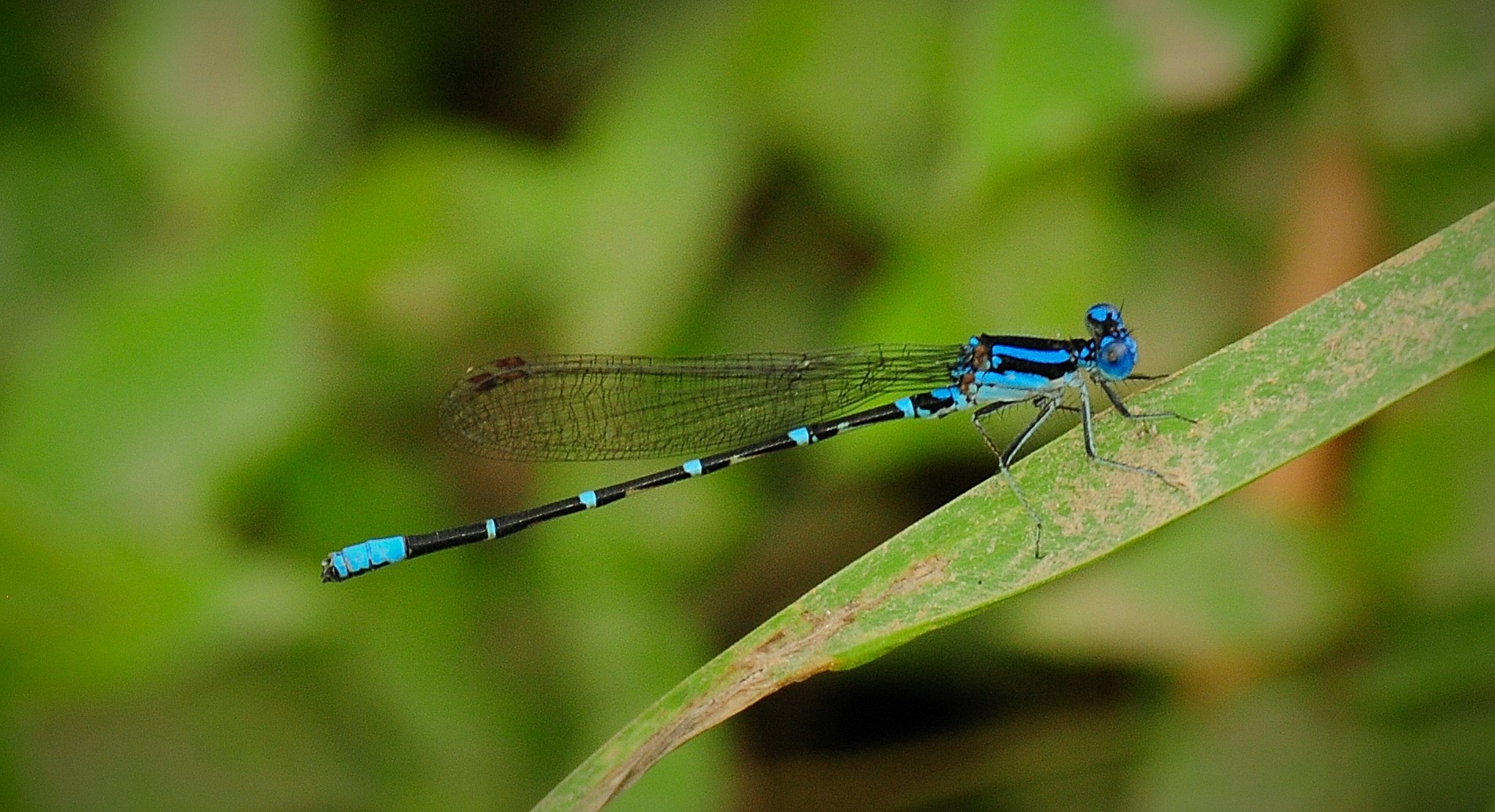Map Snapshot









31 Records
Status
Argia sedula appears to be somewhat of a habitat generalist, and has a wide range in North America. it is usually found on creeks and rivers with intact riparian vegetation, but can occasionally occur in gravel pit ponds or other habitats (Paulson, 2011). In Maryland, it is common on the Potomac River, and relatively uncommon elsewhere. This species is also not recorded from the Eastern Shore (Richard Orr's Dragonflies and Damselflies of Maryland and District of Columbia).
Seasonality Snapshot
Source: Wikipedia
| Argia sedula | |
|---|---|

| |
| Scientific classification | |
| Domain: | Eukaryota |
| Kingdom: | Animalia |
| Phylum: | Arthropoda |
| Class: | Insecta |
| Order: | Odonata |
| Suborder: | Zygoptera |
| Family: | Coenagrionidae |
| Genus: | Argia |
| Species: | A. sedula
|
| Binomial name | |
| Argia sedula (Hagen, 1861)
| |
Argia sedula, the blue-ringed dancer, is a species of narrow-winged damselfly in the family Coenagrionidae.[1][2][3] It is found in Central America and North America.[2]

The IUCN conservation status of Argia sedula is "LC", least concern, with no immediate threat to the survival of the species. The population is stable.[4][5]
It appears that Argia sedula is particularly affected by global warming, which is causing the size of individuals to vary depending on location and climate fluctuations.[6]


References
[edit]- ^ "Argia sedula Species Information". BugGuide.net. Archived from the original on 2024-08-20. Retrieved 2018-02-16.
- ^ a b "Argia sedula Report". Integrated Taxonomic Information System. Archived from the original on 2024-08-20. Retrieved 2018-02-16.
- ^ "Argia sedula Overview". Encyclopedia of Life. Archived from the original on 2018-02-17. Retrieved 2018-02-16.
- ^ "List of Endangered Species". IUCN Red List. Archived from the original on 2008-01-23. Retrieved 2018-02-16.
- ^ "Odonata Central". Archived from the original on 2007-11-06. Retrieved 2018-02-16.
- ^ "Environmental effects on wing shape and wing size of Argia sedula". Worldwide Dragonfly Association. doi:10.1080/13887890.2018.1523752. Archived from the original on 2024-08-20. Retrieved 2024-08-20.
Further reading
[edit]- Arnett, Ross H. Jr. (2000). American Insects: A Handbook of the Insects of America North of Mexico. Vol. 2nd Edition. CRC Press. ISBN 0-8493-0212-9.
- Ball-Damerow, J.E.; Oboyski, P.T.; Resh, V.H. (2015). "California dragonfly and damselfly (Odonata) database: temporal and spatial distribution of species records collected over the past century". ZooKeys (482): 67–89. Bibcode:2015ZooK..482...67B. doi:10.3897/zookeys.482.8453. PMC 4337221. PMID 25709531.
- Westfall, Minter J. Jr.; May, Michael L. (1996). Damselflies of North America. Scientific Publishers. ISBN 0-945417-93-4.
- Capinera, John L., ed. (2008). Encyclopedia of Entomology. Springer. ISBN 978-1402062421.






